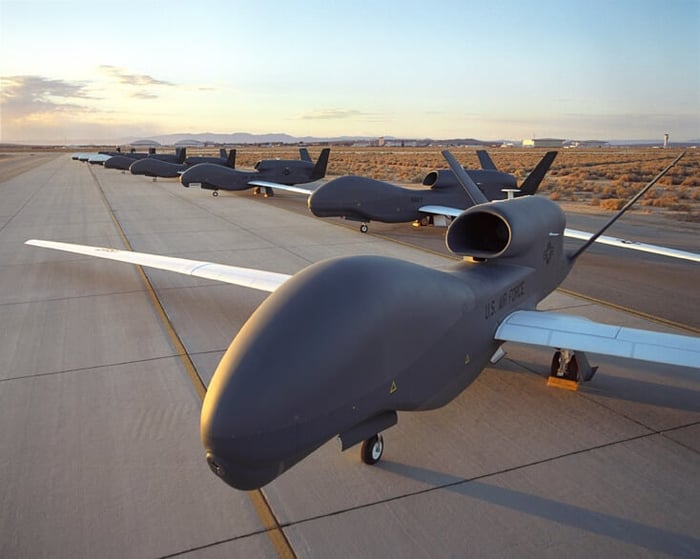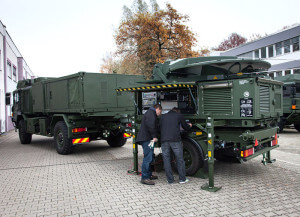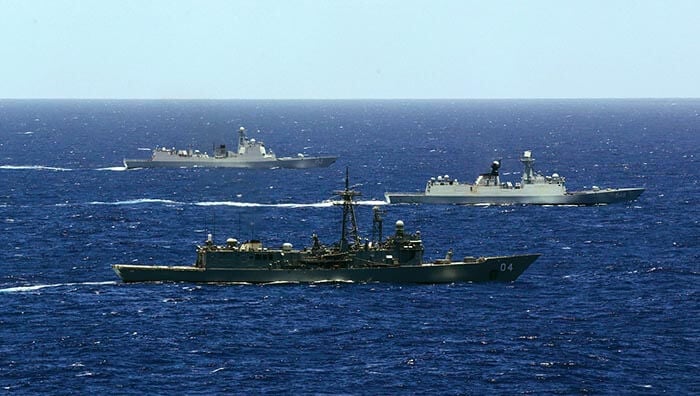
ADF Interested in Global Hawks
Australia will be watching closely as NATO's Alliance Ground Surveillance Management Agency (NAGSMA) brings its fleet of five Global Hawk unmanned aircraft online. NATO’s Alliance Ground Surveillance (AGS) will provide intelligence, surveillance and reconnaissance capabilities over much of Europe. The Royal Australian Air Force plans to operate up to seven MQ-4C Tritons – a maritime derivative of the Global Hawk – out of RAAF Base Edinburgh in Adelaide before 2020.
 Airbus Defence and Space’s Global Hawk
Airbus Defence and Space’s Global Hawk
ground station. Photo: Airbus.
The AGS Global Hawks will be based in Sigonella on the island of Sicily, Italy, which is already home to US Air Force-owned Global Hawks. Global Hawks are flown remotely from ground stations which can be located thousands of kilometres away from areas of operation.
The AGS variants of Global Hawk will have the ability to fly for up to 30 hours at a time, providing high-altitude long-endurance missions over large land and maritime areas regardless of weather conditions. The first of NATO's AGS Global Hawks recently completed test flights in California.
The AGS missions will be backed up by mobile general ground stations (MGGS), the first of which was recently unveiled by Airbus Defence and Space.
These mobile stations will exploit radar images acquired by the Global Hawks, via a direct or satellite broadband connection and can be integrated with other C2ISR (command, control, intelligence, surveillance and reconnaissance) systems operated by NATO member states.
MGGSs will provide information about stationary and moving objects on the ground to local unit commander and can be distributed across NATO forces.
The MGGSs are each integrated into two containers that can be transported by truck, aircraft, train or ship.
NATO has ordered a total of six MGGSs and five Global Hawks to cover Europe.
Global Hawk is manufactured by Northrop Grumman which is also the prime contractor for the US Air Force's B-2 stealth bomber.











